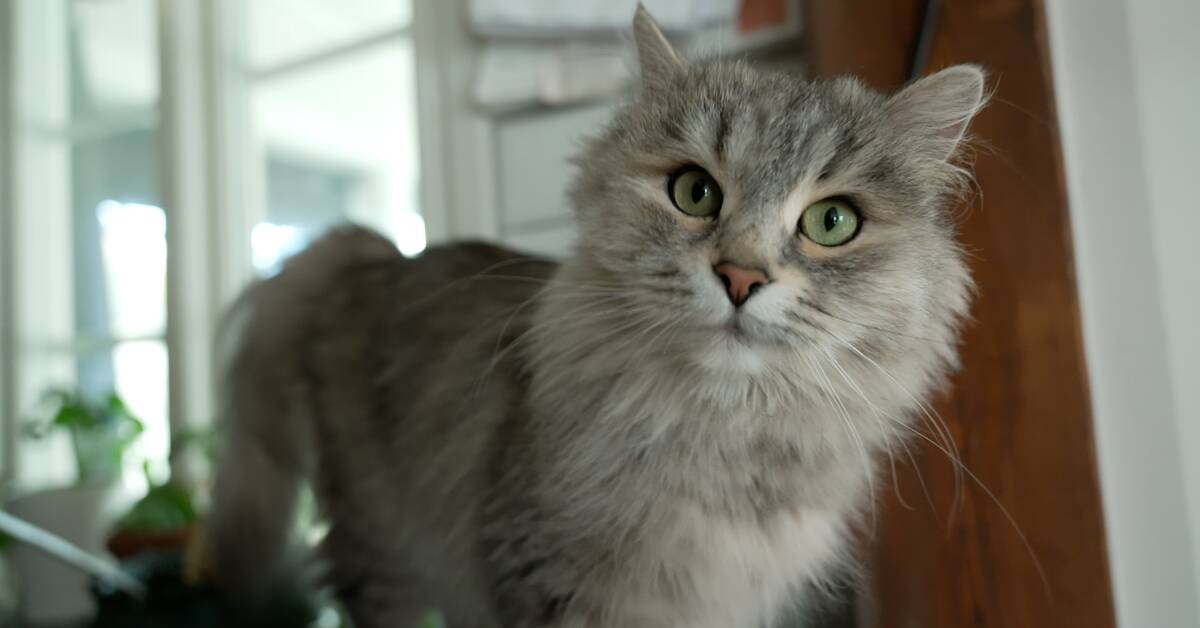Today, up to every fifth person is allergic to fur animals, including cats.
Fur animal allergy is a common disease for which there is currently no cure, only relief.
Getting a completely allergy-free cat breed is therefore a dream for many, and an American research company has now come a long way towards this goal.
- We have cut off the gene in the cat's DNA that is associated with the most allergenic protein, says Nicole Brackett, geneticist at the research company InBio.
Saliva most allergenic
The protein, Error d 1, which is what almost all allergy sufferers react to, is found in the cat's saliva.
When the cat licks itself, this allergen spreads throughout the cat and is released into the air when the saliva dries.
So far, the research is taking place at test tube level, but the purpose is to continue the experiments in live cats.
The study is published in The Crispr Journal.
According to the company, their experiments show that this gene is not important for the cat's well-being in general and therefore it can be cut off without harming the cat.
But other researchers are somewhat hesitant about this.
Ethical dilemmas
- There are ethical problems with genetically manipulating animals because we do not know all the functions of the genes, says Hans Grönlund, associate professor of immunology at Karolinska Institutet.
He has been researching fur animal allergies for 30 years and it is, among other things, his research that forms the basis for the American company's experiments.
- This technique, to cut off genes that are associated with allergies, is promising, but we are far from the goal, says Hans Grönlund.
Namely, there are more proteins in the cat that allergy sufferers can react to, says Hans Grönlund.
There are no allergy-friendly breeds
Today, some cat breeds are marketed as allergy-friendly, something that Hans Grönlund warns against.
- The scientific support for allergy-friendly cat breeds is small.
The allergen Error d 1 is an example of this.
The allergen varies with the cat's age, sex and whether a male cat is neutered or not.
Because saliva is the predominant source of this allergen, a cat that licks itself a lot will be more allergenic.
The individual is more important than the breed, says Hans Grönlund.

